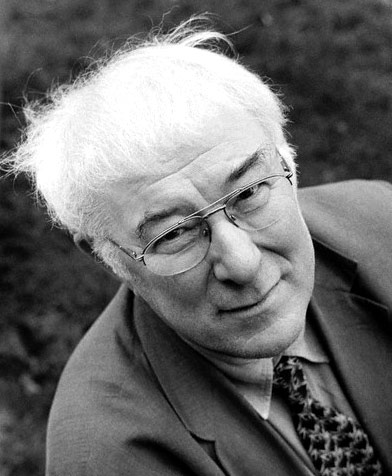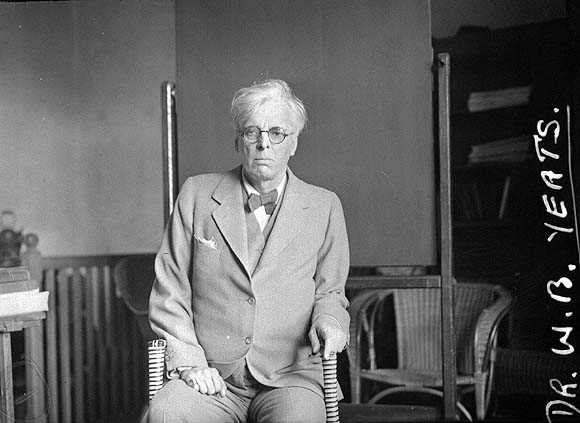The mere word may send you back to dreary interpretations in your high school English class, but the poems and authors I’ve listed below are accessible, interesting, and thought-provoking—even to those of us who day-dreamed through Literature.
Seamus Heaney

(source)
Heaney, who recently passed away, is, hands-down, my favorite Irish poet. His career spanned half a century, and his poetry often reflected the tumultuous times in which he lived. As a native Northern Irishman, he was deeply troubled over the political unrest that plagued his country during his lifetime. Violence, war, and the rebirth that can come out of these terrible situations are some of the themes that occur throughout his works.
Sample:
“The cold smell of potato mould, the squelch and slap
Of soggy peat, the curt cuts of an edge
Through living roots awaken in my head.
But I’ve no spade to follow men like them.
Between my finger and my thumb
The squat pen rests.
I’ll dig with it.
-“Digging”
Must reads: “Tollund Man,” “Tollund Man in Springtime,” “Digging,” “Midterm Break”
Yeats was deeply interested in the history and lore of Ireland, and led a cultural revolution called the “Irish Renaissance.” While he wrote on various themes and topics, his best poems (in my opinion) are the ones that deal with the traditional Irish folklore and legends. Since these were passed down orally, Yeats wanted to preserve them and began to interpret them in his own poetry.
Sample:
Away with us he's going,
The solemn-eyed:
He'll hear no more the lowing
Of the calves on the warm hillside
Or the kettle on the hob Sing peace into his breast,
Or see the brown mice bob
Round and round the oatmeal chest.
For he comes, the human child,
To the waters and the wild
With a faery, hand in hand,
For the world's more full of weeping than he can understand.
-The Stolen Child
Must reads: “The Stolen Child,” “A Faery Song,” “A Lover’s Quarrel among the Faeries,” “Easter 1916,” and the Crazy Jane series.
Nuala Ni Dhomhnaill
(I had to check about five times to check that I spelled it right!)
.jpg)
(source)
In recent years, Gaelic, a language native to Ireland, has come back into popularity after a steady decline in speakers. Ni Dhomhnaill has capitalized on this second Irish Renaissance by writing solely in Gaelic. Her many works have been translated into English by other Irish writers, including the first poet on this list (Seamus Heaney!), but I’ve been told that the true beauty of the poetry is lost in the translation. I wish I could read Gaelic so that I could experience her poetry as she meant it to be read/ heard.
Sample:
I place my hope on the water
in this little boat
of the language, the way a body might put
an infant
in a basket of intertwined
iris leaves
-“The Language Issue”
Must reads: “The Language Issue,” “The Faerie Boat,” “The Tree”
Until next month,
Happy Reading!
Natalie










